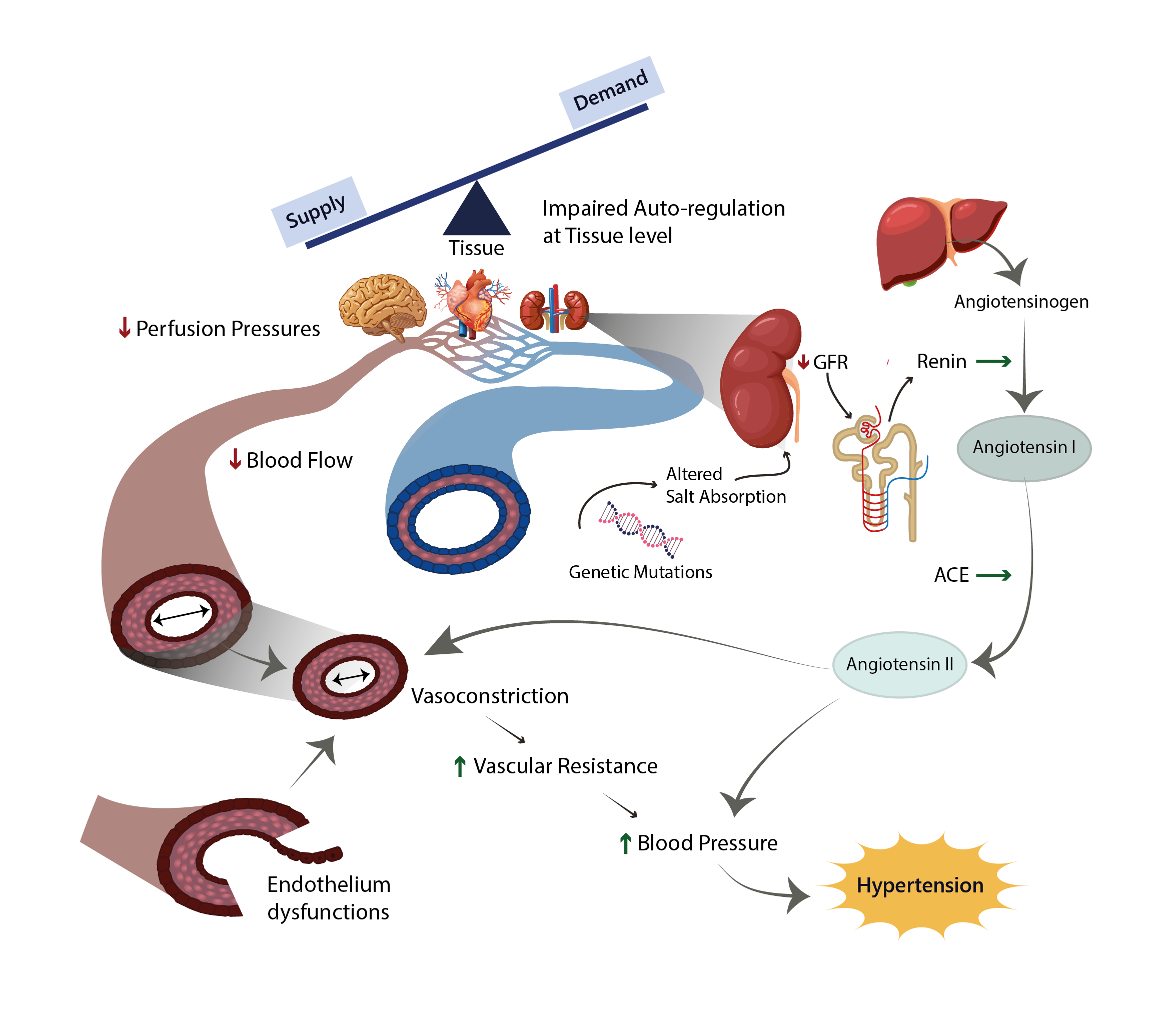Search for Potential Calcium Channel Blockers From Medicinal Plants
DOI:
https://doi.org/10.55627/ppc.001.01.0103Keywords:
Hypertension, medicinal plants, calcium channel blockers, traditional use, antihypertensive medicationAbstract
Hypertension is a global disease and its prevalence is estimated to be about one billion which is projected to increase to 1.54-1.58 billion by 2025. It is estimated that hypertensive patients account for about 31.1 % of the global adult population in 2010. Current treatment options include angiotensin-converting enzyme inhibitors (ACEIs) such as Captopril, and Enalapril which is first-line drugs for hypertensive patients that are under 55 years old, angiotensin receptor antagonists (ARA) such as candesartan and telmisartan that are used in patients who are intolerant to ACEIs, β-blockers (metoprolol, esmolol, and atenolol) are not prescribed as first-line antihypertensives unless there are additional reasons, such as after a heart attack or atrial fibrillation, calcium channel blockers, like verapamil is the first-line therapy for primary hypertension in adults over 55 and black people of African or Caribbean ancestry, and aliskiren which is the only direct renin inhibitor prescribed to patients who are intolerant to other antihypertensives. However, despite a multitude of treatment options available, many patients are still unable to control hypertension. Adverse effects also preclude the use of existing antihypertensives in a significant fraction of the patient population. In the last few decades, there has been a revival in the interest in using medicinal plants as a treatment for hypertension. In this manuscript, we explored medicinal plants possessing promising calcium channel blocking activities. Several medicinal plants and phytocompounds are identified in this review that could be a good starting point for an effective and safe calcium channel blocker that may ultimately land in clinics.

Downloads
Published
Issue
Section
License
Copyright (c) 2021 Aman Ullah, Hafiz Muhammad Irfan

This work is licensed under a Creative Commons Attribution 4.0 International License.








